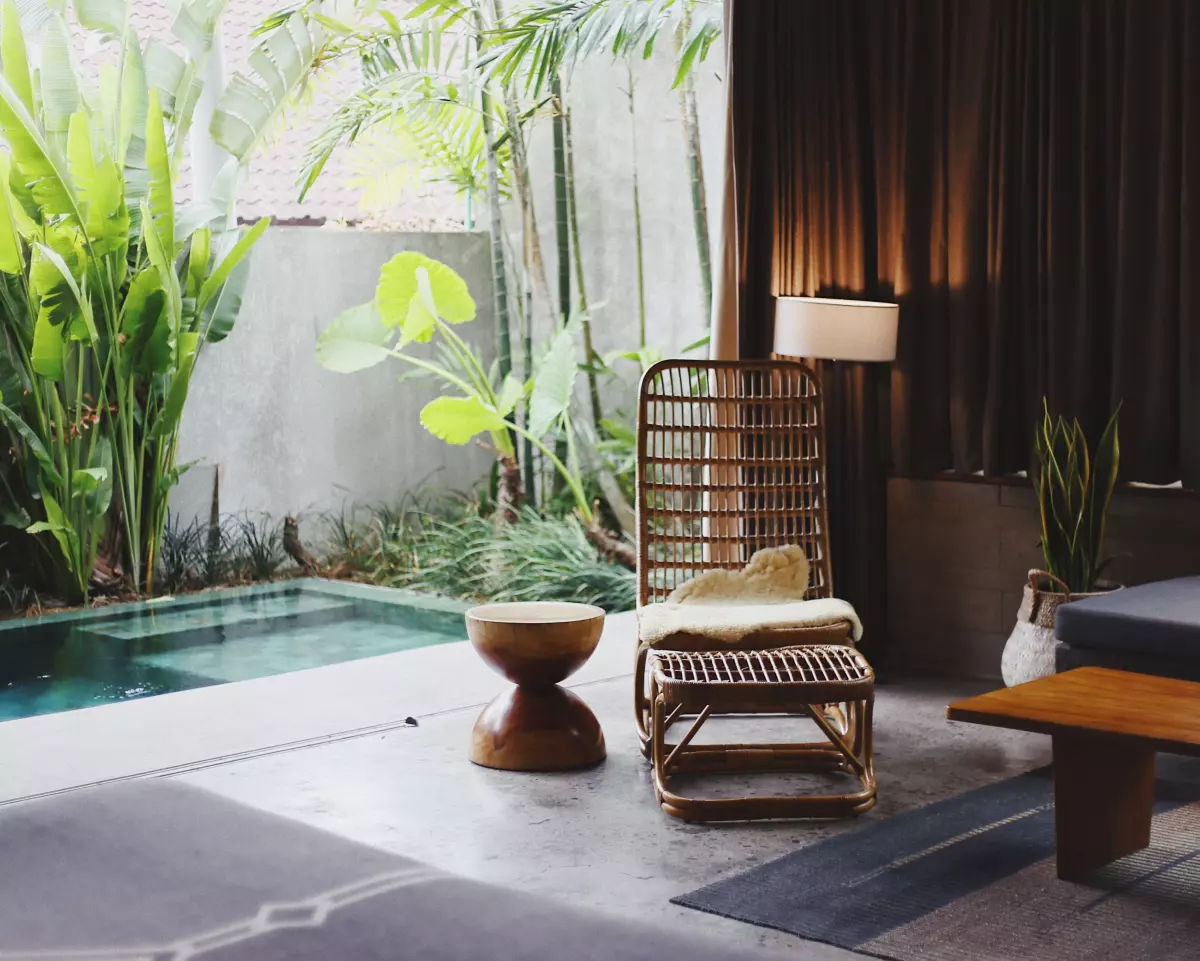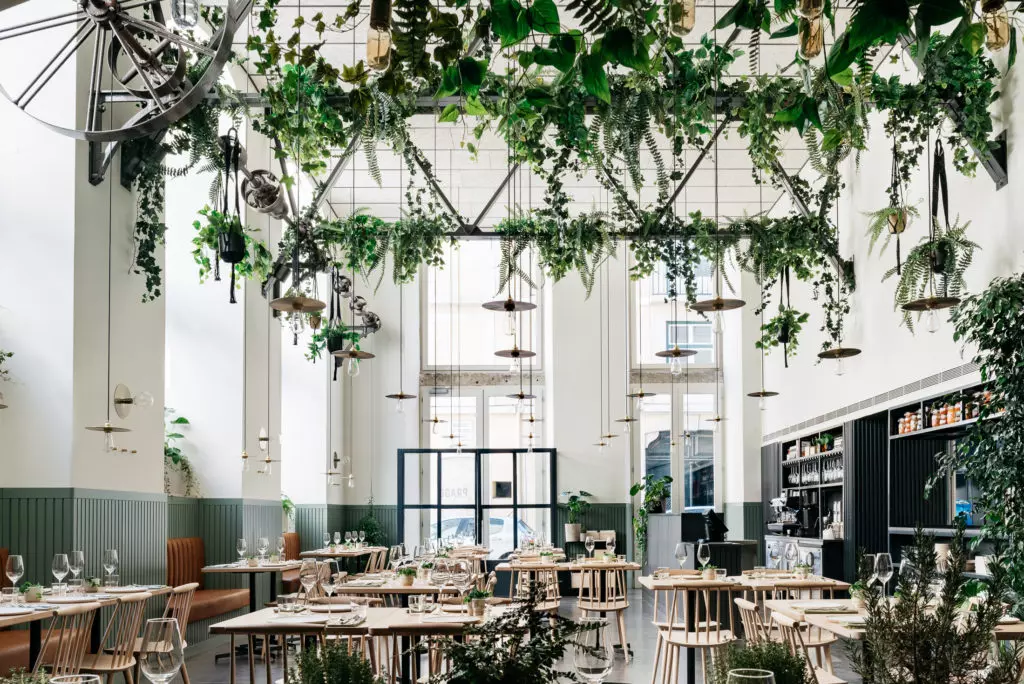Did you know that the spaces we live, learn, and work in can greatly influence our physical health and emotional well-being? It's true! While we often prioritize eating right, exercising, and practicing mindfulness, we are now realizing the role our surroundings play in promoting a healthy lifestyle. This is where wellness focused interior design comes in.
The Importance of the Built Environment
According to the 2001 National Human Activity Pattern Survey, we spend an astonishing 90% of our time indoors. This highlights the significance of the built environment in our lives. Research shows that factors such as natural light, views of nature, colors that promote mental well-being, indoor air quality, and ergonomic design can all impact our health and well-being.
Understanding Wellness
Wellness is not just about spa treatments and relaxation. It encompasses various dimensions of our lives, from exercise and nutrition to joyful experiences and healthy social connections. It also extends to the spaces we inhabit, as our living environment can nourish our body and mind. Embarking on a wellness journey involves making choices that promote a healthy and fulfilling life and discovering effective methods that work for you.
Biophilic Design - Connecting with Nature
Biophilic design harnesses our innate connection with nature to create environments that enhance well-being. Incorporating elements like natural light, vegetation, and nature views can inspire us, boost productivity, and contribute to a stronger sense of well-being. Bringing the outdoors in is essential for creating spaces that promote wellness.
 Image: Biophilic Design
Image: Biophilic Design
Lighting Matters
Lighting is increasingly recognized as a crucial element in home design. Spaces designed around natural light sources, smart lighting systems that align with our natural rhythm, and artificial lighting that mimics daylight can all have a significant impact on our well-being. Natural light, in particular, improves productivity, alertness, and mood, while also providing essential vitamin D.
 Image: Prado restaurant by ARKSTUDIO
Image: Prado restaurant by ARKSTUDIO
Comfort and Ergonomics
Comfort is key when it comes to wellness focused interior design. Ergonomic design ensures that the space is user-friendly and considers psychology, physiology, and anatomy. A well-designed interior should be comfortable, efficient, and aesthetically pleasing. Striking the right balance between these elements is essential for creating spaces that support overall well-being.
The Impact of Color
Colors can have a significant impact on the mood of a room and how it makes us feel. Lighter colors can create an airy and spacious feel, while darker colors can add warmth and intimacy. Neutrals provide balance, and active colors like yellow and pink can boost creativity, while passive colors like blue and green can calm the mind and improve focus. Personal preferences should also be considered when choosing colors for your space.
Clutter-Free Spaces
Clutter can have a negative impact on our mood, relationships, and even our sleep. A clutter-free environment promotes a sense of calm and focus. Decluttering has gained popularity with the rise of Marie Kondo and her KonMari Method. The key is to keep only the items that spark joy, discard the rest, and organize everything in a way that makes items easy to find.
Designing a Home that Reflects Your Lifestyle
Uniqueness is an important aspect of wellness focused interior design. Designing your home to reflect the type of life you want to lead can enhance your well-being. Whether it's creating a reading corner to encourage reading or a mindful space for meditation, personalized touches make a space feel like a true home.
 Image: PENHA DE FRANÇA by ATKSTUDIO
Image: PENHA DE FRANÇA by ATKSTUDIO
In conclusion, wellness focused interior design is gaining momentum as people recognize the impact of their living environment on their health and well-being. By incorporating elements of biophilic design, prioritizing lighting, comfort, and decluttering, and personalizing our spaces, we can create homes that support a healthy and fulfilling life. Stay tuned for more in-depth discussions on this topic, as wellness focused interior design becomes an essential factor in designing spaces in the coming years.












